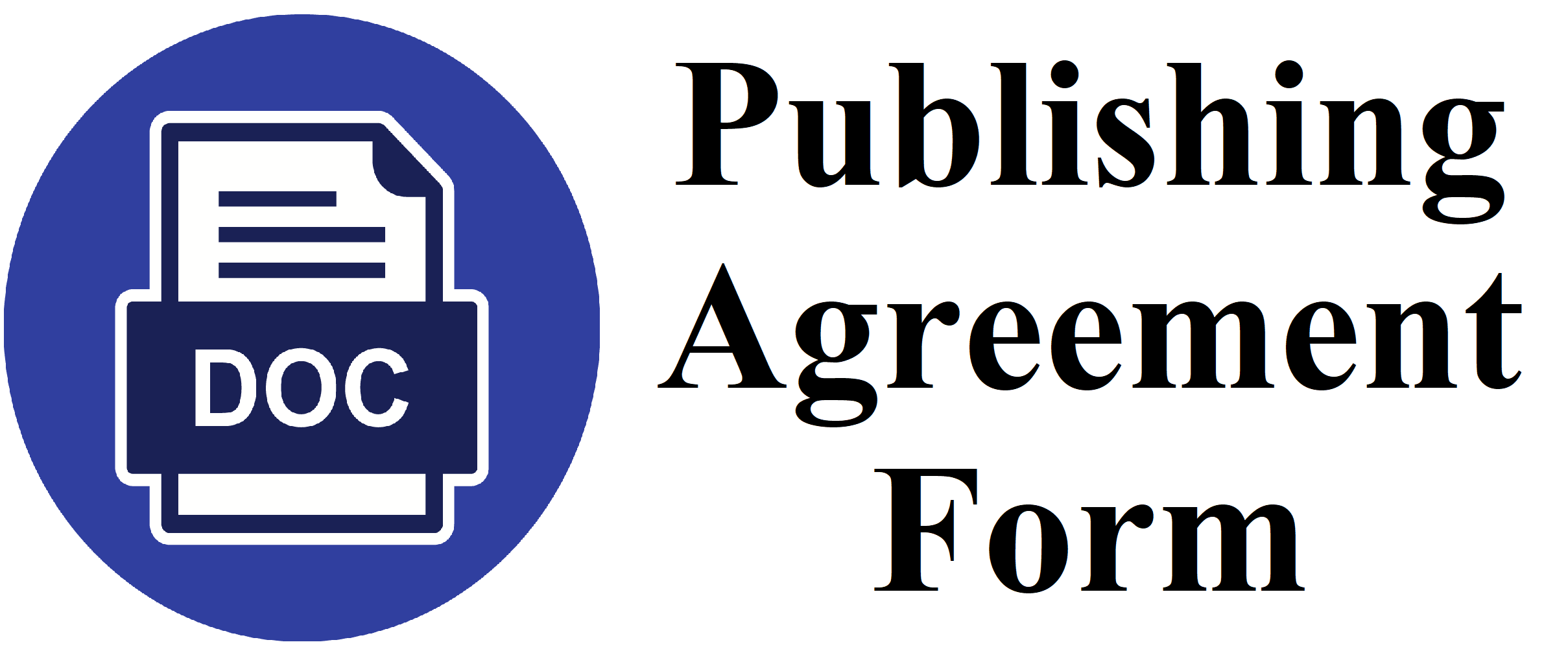Lidocaine Nebulization Compared to Lidocaine Spray in Decreasing Pain, Cough and Breathless in Flexible Fiber Optic Bronchoscopy
DOI:
https://doi.org/10.36497/jri.v42i4.368Keywords:
breathless, bronchoscopy, cough, lidocaine, painAbstract
Background: Flexible optical fiber bronchoscopy (FFB) is a visual airway tract examination for diagnostic and therapeutic purposes. This procedure often causes discomfort for patients, such as cough, breathlessness and pain. Lidocaine is a topical anesthetic premedication used in bronchoscopy. This study compared the use of lidocaine nebulization and lidocaine spray in inhibiting pain, cough and breathlessness in complexity of flexible fiber optic bronchoscopy.
Methods: Pretest and posttest control group clinical study was conducted in patients prior to bronchoscopy at RSUD Dr. Moewardi from February to March 2020. The samples were taken by consecutive sampling technique, then randomly assigned into either lidocaine spray or nebulization. Cough and pain were assessed with VAS score while breathlessness was assessed with Borg score. The data were analyzed statically by using Chi-square test with P<0.05 was considered significant
Results: Cough scores were -17.78±11.66 for nebulization and -8.33±6.18 for spray (P=0.005). Pain score were -16.67±11.38 and -9.44±7.25 for nebulization and spray respectively (P=0.045). Borg score obtained the scores for nebulization and 0.06±0.42 for spray (P=1.000).
Conclusion: Both lidocaine nebulization and spray were effective in decreasing breathlessness during bronchoscopy. However, lidocaine nebulization was more effective in decreasing cough and pain.
Downloads
References
Küpeli E, Feller-Kopman D, Mehta AC. Murray and nadel’s textbook of respiratory medicine. In: Broaddus VC, Mason RJ, Ernst JD, King TE, Lazarus SC, Murray JF, et al., editors. Diagnostic bronchoscopy. 6th ed. Philadelphia: W.B. Saunders; 2016. p. 372–8.
Antony P, Deshmukh H. Bronchoscopic findings of flexible bronchoscopy: a one-year retrospective study in a tertiary care hospital. Int J Res Med Sci. 2018;6(2):591–6.
Martin-Loeches I, Artigas A, Gordo F, Añón JM, Rodriguez A, Blanch LL, et al. Current status of fiberoptic bronchoscopy in intensive care medicine. Medicina Intensiva (English Edition). 2012;36(9):644–9.
Sudarto, Soeroso NN, Hasibuan P, Eyanoer PC. Perbandingan kenyamanan pasien yang menjalani prosedur anestesi lokal secara spray dengan nebulisasi pada pemeriksaan bronkoskopi serat optik lentur. Jurnal Respirologi Indonesia. 2015;35(2):72–7.
Barrett KE, Barman SM, Boitano S, Brooks H. Ganong’s review of medical physiology. 25th ed. McGraw-Hill Education/Medical; 2015. 642–646 p.
Karloh M, Palú M, Mayer AF. Methods for assessing functional capacity in patients with COPD. Con Scientiae Saúde. 2015;13(4):633–49.
Bailey PH. The dyspnea-anxiety-dyspnea cycle--COPD patients’ stories of breathlessness: “It’s scary /when you can’t breathe.” Qual Health Res. 2004;14(6):760–78.
Parmar D. Benefits of inspiratory muscle training in COPD patients. International Journal of Science and Research. 2015;4(9):680–4.
Crisafulli E, Clini EM. Measures of dyspnea in pulmonary rehabilitation. Multidiscip Respir Med. 2010;5(3):202–10.
Bose AA, Colt HG. Lidocaine in bronchoscopy: Practical use and allergic reactions. Journal of Bronchology. 2008;15(3):163–6.
Madan K, Biswal SK, Tiwari P, Mittal S, Hadda V, Mohan A, et al. Nebulized lignocaine for topical anaesthesia in no-sedation bronchoscopy (NEBULA): A randomized, double blind, placebo-controlled trial. Lung India. 2019;36(4):288–94.
Katzung BG, Masters SB, Trevor AJ. Farmakologi dasar dan klinik. 12th ed. Vol. 1. Jakarta: EGC; 2014. 512–514 p.
Syarif A, Estuningtyas A, Setiawati A, Muchtar A, Arif A, Bahry B, et al. Farmakologi dan terapi. 5th ed. Jakarta: Departemen Farmakologi dan Terapeutik fakultas Kedokteran Universitas Indonesia; 2017. 259–267 p.
Mittal S, Mohan A, Madan K. Ventricular tachycardia and cardiovascular collapse following flexible bronchoscopy: Lidocaine cardiotoxicity. J Bronchology Interv Pulmonol. 2018;25(2):e24–6.
Asano F, Aoe M, Ohsaki Y, Okada Y, Sasada S, Sato S, et al. Bronchoscopic practice in Japan: A survey by the Japan Society for Respiratory Endoscopy in 2010. Respirology. 2013;18(2):284–90.
Keane D, McNicholas WT. Comparison of nebulized and sprayed topical anaesthesia for fibreoptic bronchoscopy. Eur Respir J. 1992;5(9):1123–5.
Rasekaba T, Lee AL, Naughton MT, Williams TJ, Holland AE. The six-minute walk test: A useful metric for the cardiopulmonary patient. Intern Med J. 2009;39(8):495–501.
Bolton CE, Bevan-Smith EF, Blakey JD, Crowe P, Elkin SL, Garrod R, et al. British thoracic society guideline on pulmonary rehabilitation in adults: accredited by NICE. Thorax. 2013;68(Suppl 2):ii1–30.
Korttila K, Tarkkanen J, Tarkkanen L. Comparison of laryngotracheal and ultrasonic nebulizer administration of lidocaine in local anaesthesia for bronchoscopy. Acta Anaesthesiol Scand. 1981;25(2):161–5.
Handa A, Dhooria S, Sehgal IS, Agarwal R. Primary cavitary sarcoidosis: A case report, systematic review, and proposal of new diagnostic criteria. Lung India. 2018;35(1):41–6.
Downloads
Additional Files
Published
Issue
Section
License
- The authors own the copyright of published articles. Nevertheless, Jurnal Respirologi Indonesia has the first-to-publish license for the publication material.
- Jurnal Respirologi Indonesia has the right to archive, change the format and republish published articles by presenting the authors’ names.
- Articles are published electronically for open access and online for educational, research, and archiving purposes. Jurnal Respirologi Indonesia is not responsible for any copyright issues that might emerge from using any article except for the previous three purposes.
















